Testimony of Alexis and Liliane Le Duigou, passionate amateur gardeners - Les Jardins de Treuscoat
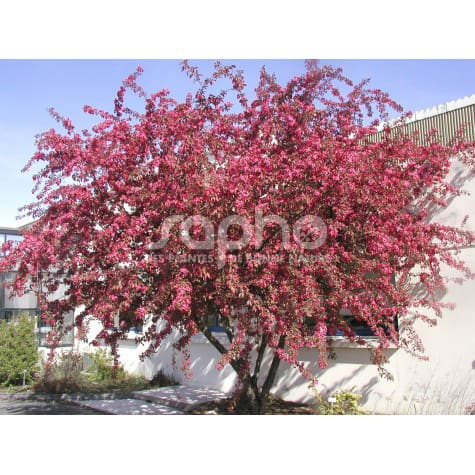
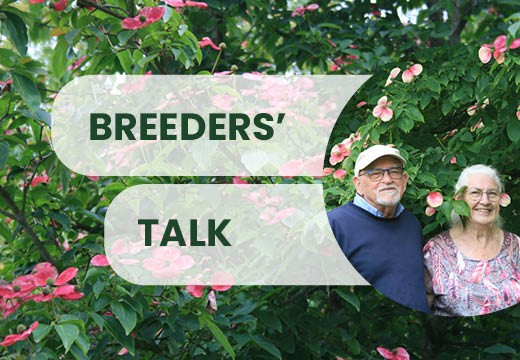
Testimony of Alexis and Liliane Le Duigou, passionate amateur gardeners - Les Jardins de Treuscoat

Testimony of Anne Seznec, head of plant purchases for the city of Biarritz

Once a variety has been selected and protected, a second phase begins in its development. How is it disseminated,...
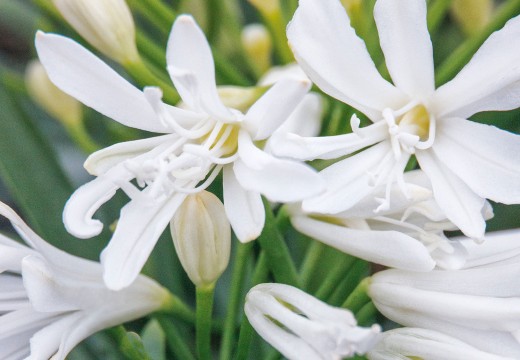
When you create a new variety, protecting it is a very important step, allowing you to have rights over your...
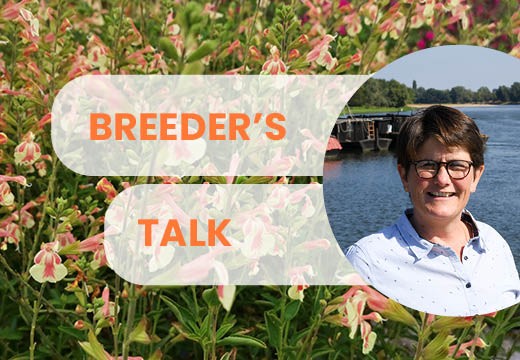
Testimony of Claire Alix Barrault, director of Barrault Horticulture
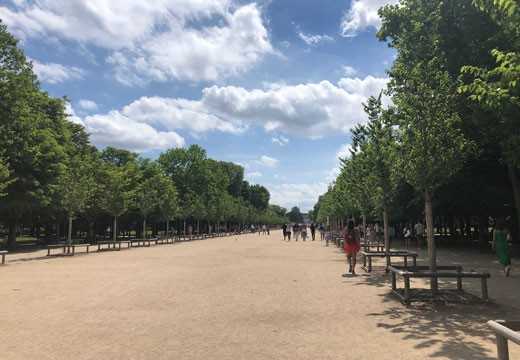
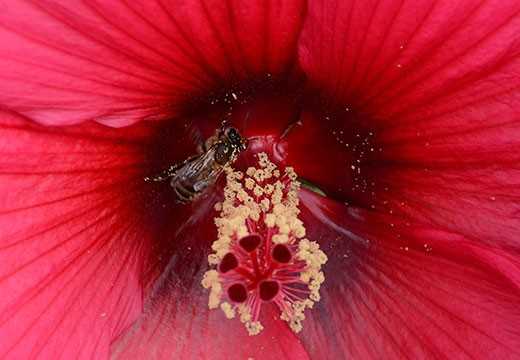
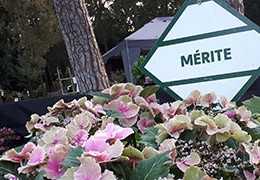
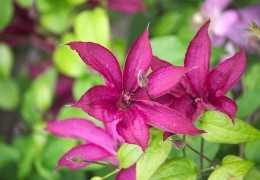
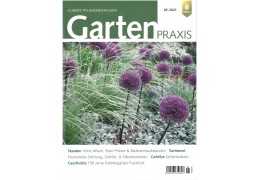





Initiated in 1974, the partnership between INRA, now INRAE, and Sapho has been going strong for 50 years. It enables research work to be put to good use by guaranteeing the wide distribution of selected varieties to French nurseries and the entire ornamental sector. Two main areas are being worked on: ornamental diversification and disease resistance.
This collaboration with INRAE plays a major role in the innovation and distribution of resistant varieties. On May 12, International Plant Health Day, we invite you to discover 4 emblematic examples.
In the early 1970s, the sudden spread of the Erwinia amylovora bacterium, which causes fire blight, threatened French apple and pear orchards. It is capable of rapidly killing plants and spreads very easily. Faced with this major challenge, the INRAE station in Angers, which specialises in pome fruit, launched a vast programme to select apple varieties with combined resistance to scab, powdery mildew and fire blight. This programme is still ongoing.
Among the seedlings sown as part of his research into fruit orchards, Luc Decourtye, a researcher at INRAE, spotted an unusual apple tree. The fruit it produces is very small, so of little interest for production*, but it is a lovely orange-red colour and remains on the branches throughout the winter. As well as its ornamental qualities, the plant is resistant to scab, fire blight and powdery mildew. Presented to nurserymen, it quickly won unanimous approval. Thus was born Malus PERPETU® 'Evereste', a star for over 50 years now! The Malus COCCINELLA® 'Courtarou', with its carmine pink flowers and young crimson foliage, followed closely behind. This was the start of a long and fruitful collaboration with the INRAE research centre.
* In the orchard, Malus “Evereste” is of little interest for its fruit, but it is an excellent pollinator and is still widely used by arboriculturists today.
In fact, fire blight is the most dangerous disease for all ornamental and fruit-bearing pomoids (subfamily Rosaceae), both cultivated and wild. Plants of the genus Malus (apple trees), Pyrus (pear trees), Crataegus (hawthorns), Cydonia (quince trees), Eryobotrya (Japanese medlar trees) and also Pyracantha (pyracanthas) and Cotoneaster (cotoneasters) are primary hosts.
In the 1970s and 1980s, sales of Pyracantha represented a significant percentage of French nurserymen's turnover. This prompted a group of nurserymen, all members of Sapho, to set up an Economic Interest Grouping (EIG) in 1982 to co-finance a research project with INRAE to obtain fire blight-resistant Pyracantha.
Between 1990 and 1995, this programme led to the launch of the fire blight and scab resistant Pyracantha SAPHYR® varieties.




The 1970's also saw the arrival in France and Europe of graphiosis, a disease that devastated elms, a major component of our landscapes. It took around thirty years of research and experimentation, as well as collaboration between INRAE Nancy, Alterra-NL and INRAE Angers, to select elm varieties resistant to graphiosis: Ulmus LUTECE® 'Nanguen' and Ulmus minor VADA® 'Wanoux'. These varieties, published by Sapho, multiplied by licensed nurserymen and then cultivated by nurserymen, are now available for planting, allowing the elm to make a comeback in our tree heritage. You may have recognised the elm, planted in large numbers along the Grande Allée in the Jardins des Tuilerie, during the passage of the flame at the opening ceremony of the 2024 Olympic Games.
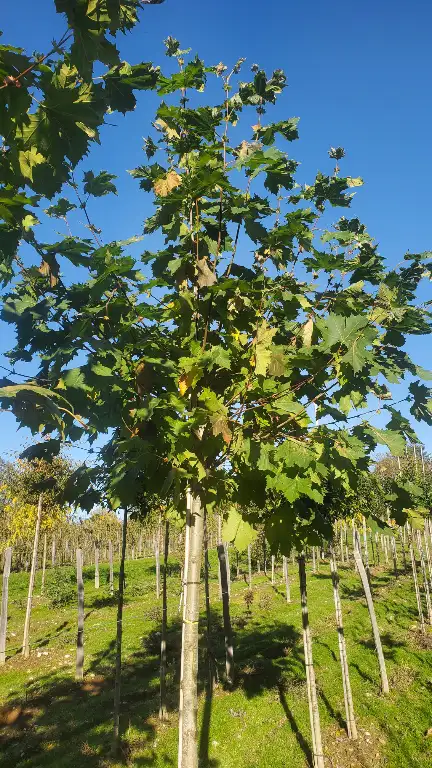
An emblematic feature of towns, parks and tree lines, particularly in the south of France, the plane tree has major advantages in terms of climate change, with its ability to adapt to a variety of environments and soils. However, plane trees were in danger of disappearing because of the colour canker, the Ceratocystis platani fungus.
In the 1980s, INRAE in Avignon began research into canker colour. This initial work led to the first products being marketed in 2000. However, given the accelerating spread of the disease in emblematic areas such as the Canal du Midi, a second programme was launched in 2008 using new genetic sources: 4,462 seedlings from crosses were inoculated at stem and root level with Ceratocystis platani to assess their resistance. The most interesting clones from these trials were evaluated by Sapho nurserymen, based on various criteria: their multiplication, their behaviour in stem culture, their silhouette, etc. The best were selected to join the Sapho catalogue.
* As a precaution, despite their resistance, it is advisable to avoid risky situations and monoculture.
This new range will be released in the near future. Propagation is underway at Sapho's licensed nurseries. The first young plants are currently being grown by the associated nurseries. Two initial selections will be offered to nurseries for the first plants in 2026 - 2027.

 Carefully observed, meticulously selected
Carefully observed, meticulously selected
 The origin of a new variety
The origin of a new variety
 From selection to fame
From selection to fame
 Why and how is a new variety protected?
Why and how is a new variety protected?
check_circle
check_circle